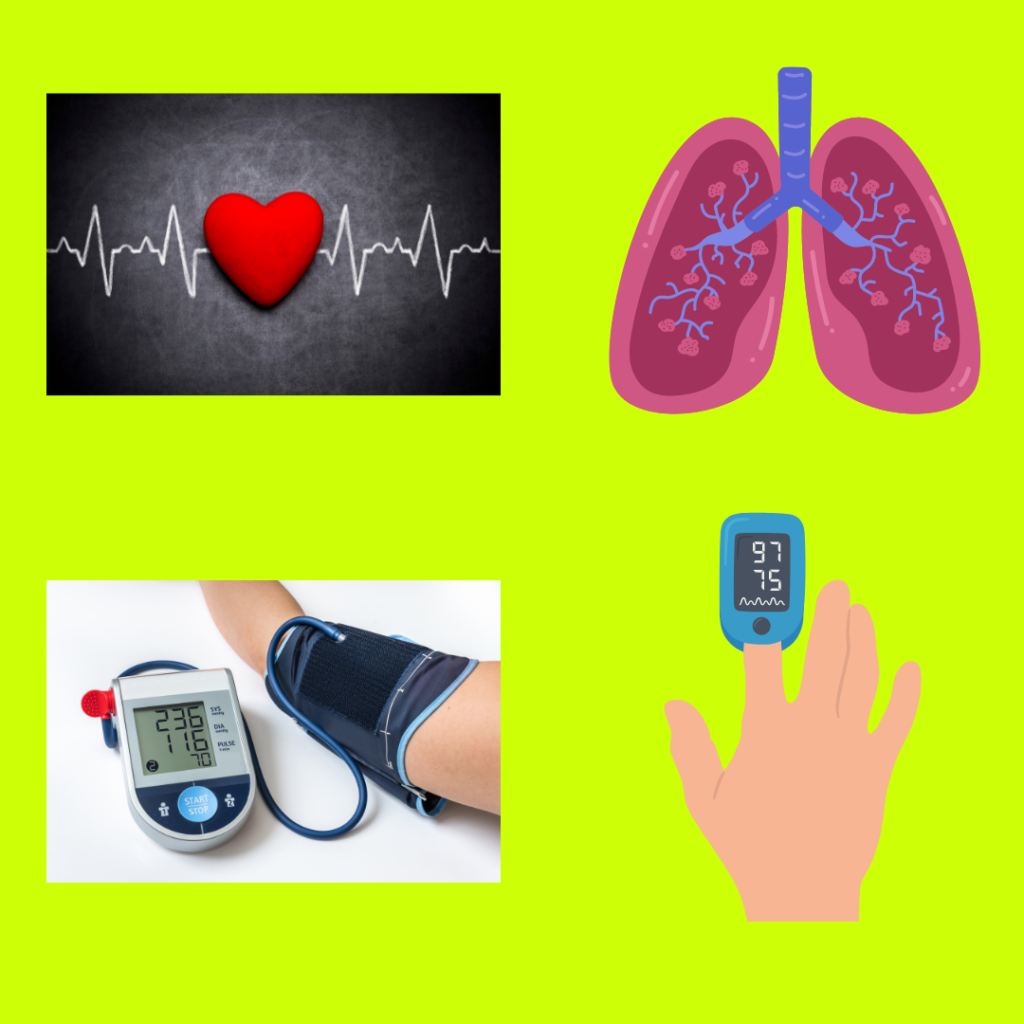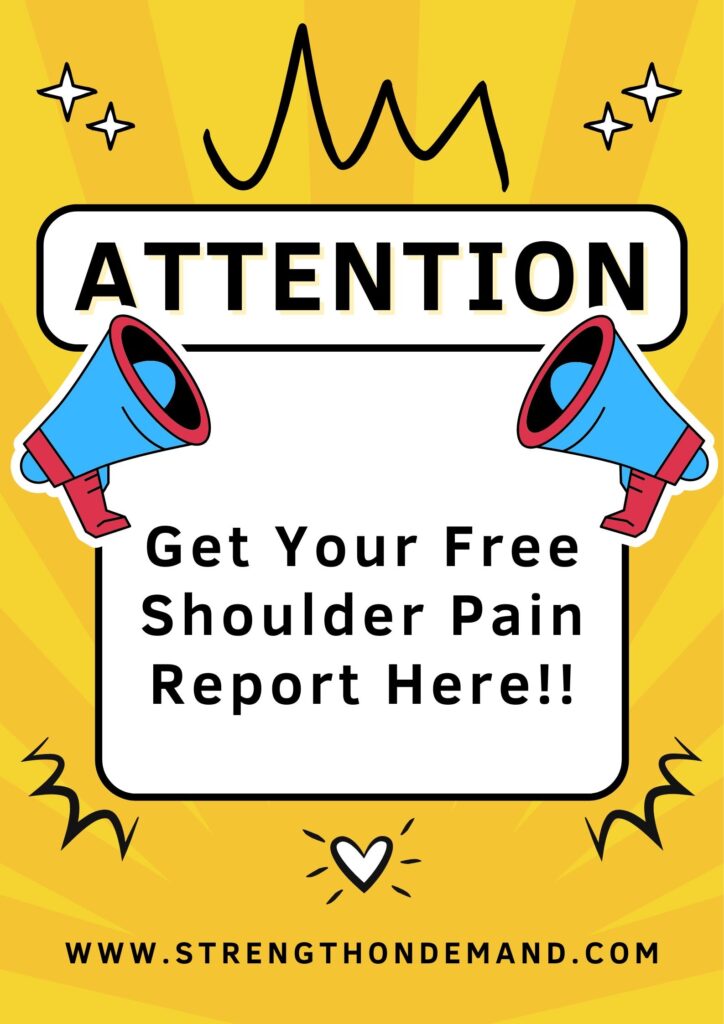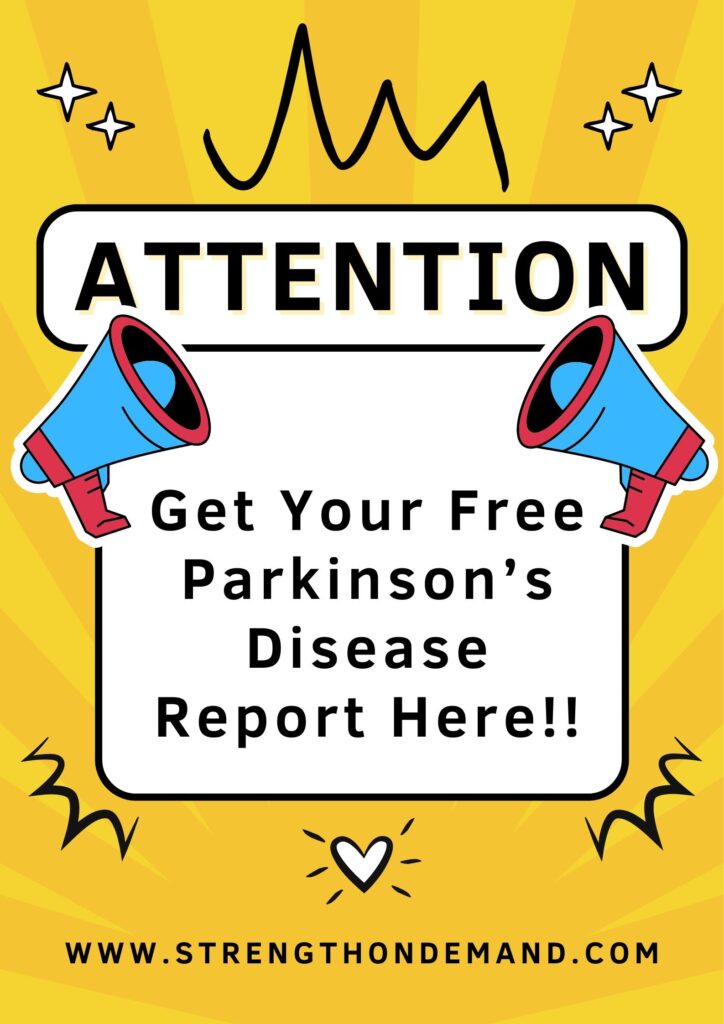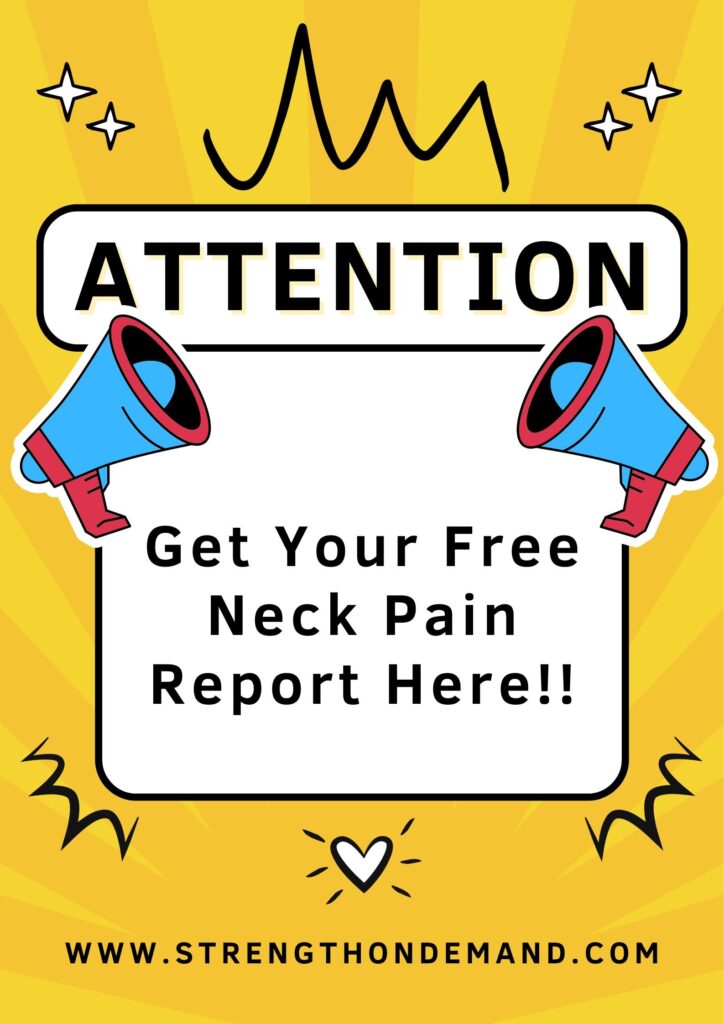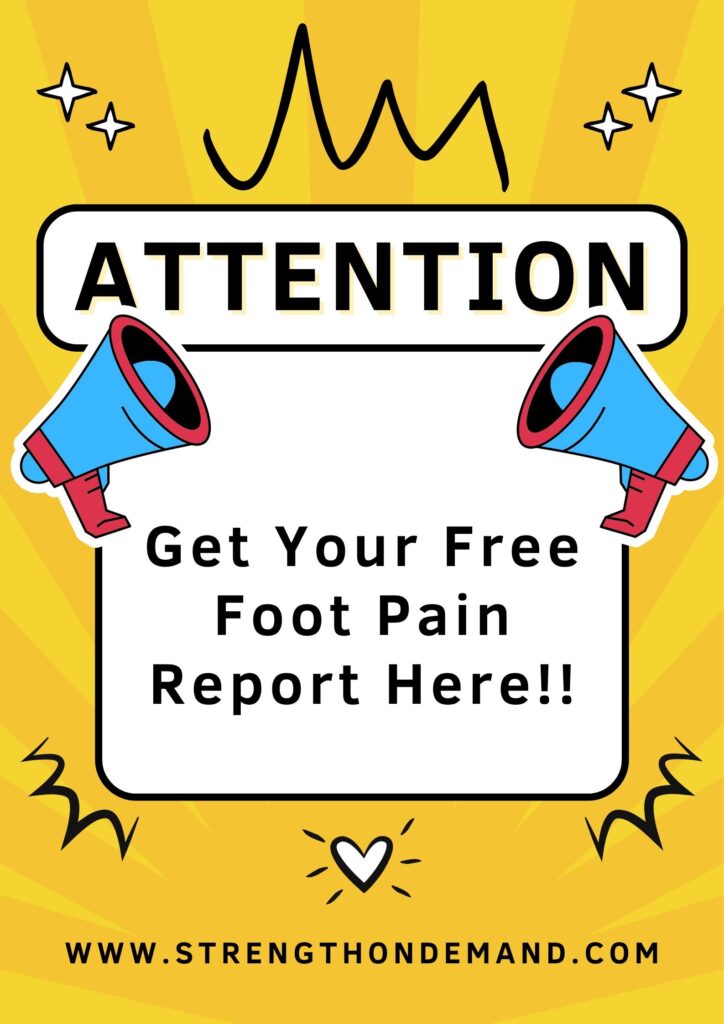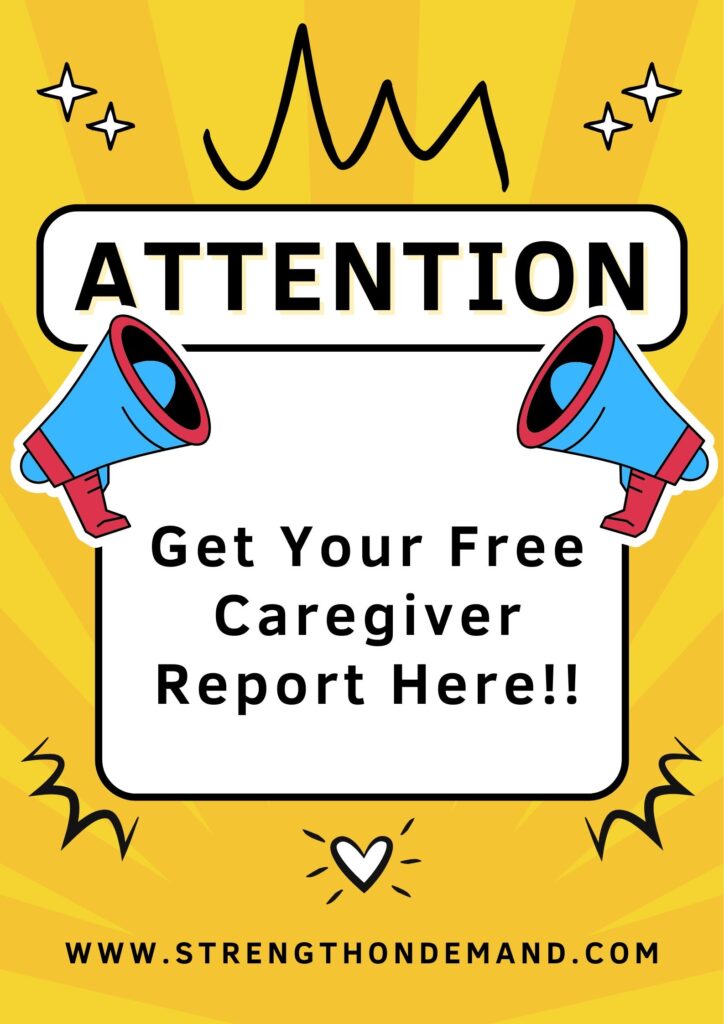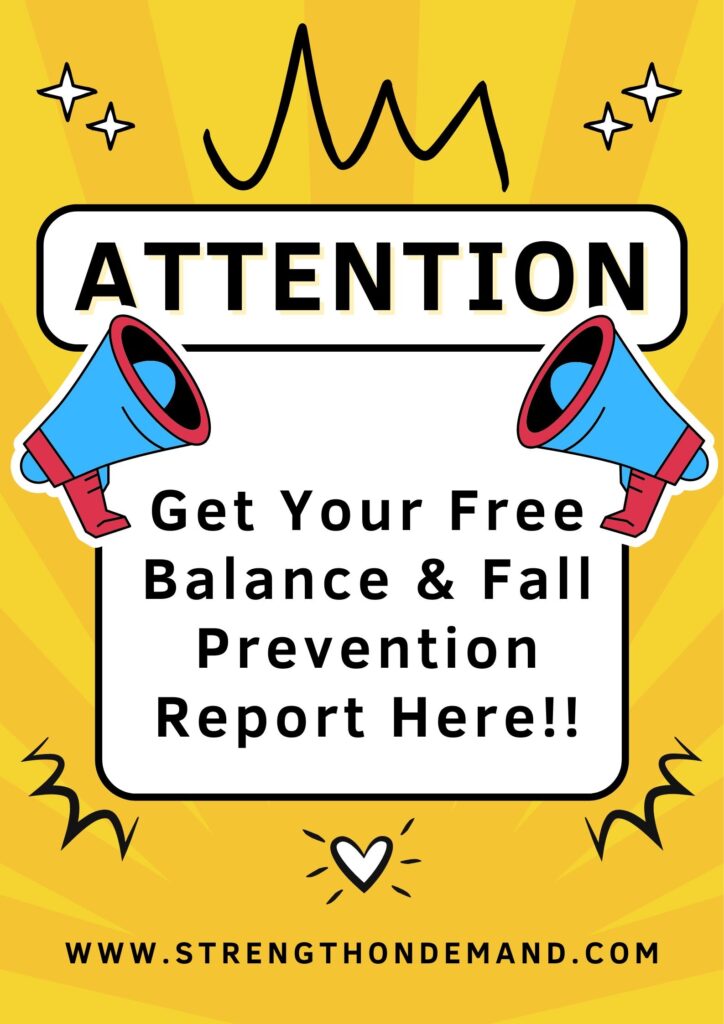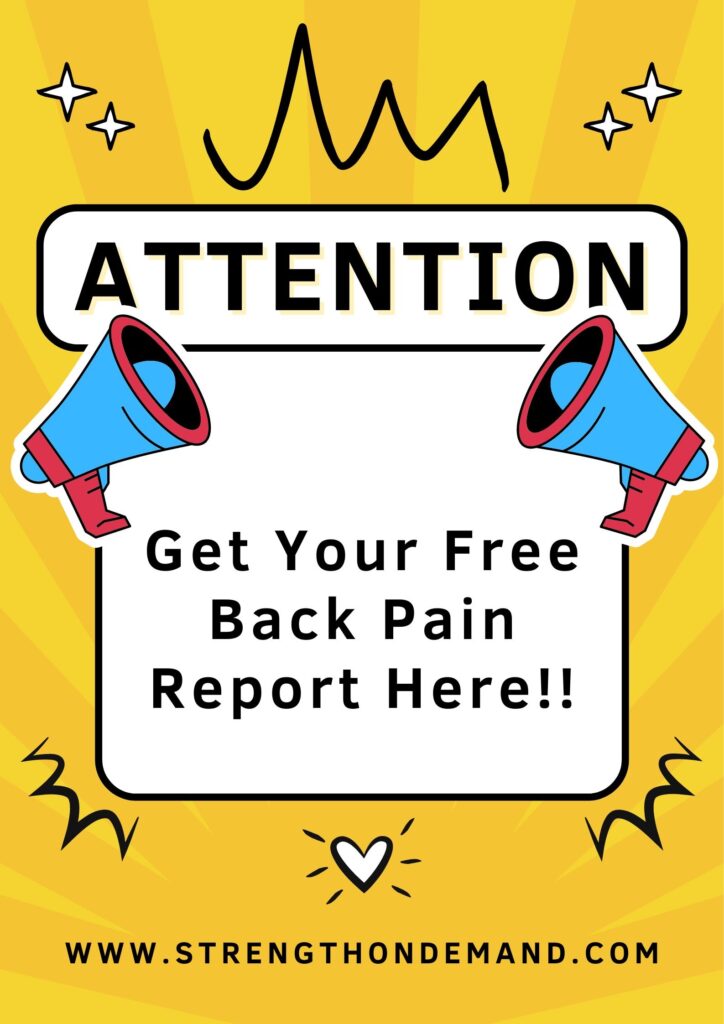You can keep track of your vital signs at home using simple tools:
- Digital Thermometer: For checking your temperature.
- Pulse Oximeter: A small device that measures your heart rate and oxygen levels.
- Blood Pressure Monitor: An easy-to-use machine to check your blood pressure.
- Counting Breaths: Just count how many times you breathe in one minute.
Why It’s Important to Monitor Vital Signs?
Regularly checking your vital signs can help you catch health issues early, manage ongoing health problems, and make better lifestyle choices. Make sure you know how to use these tools correctly for accurate readings. If something doesn’t seem right, talk to your doctor.
Blood Pressure readings have made many of my clients most nervous. They may get a really high reading and this makes them jump in the car to drive to the ER. My advice to them if they are not feeling symptomatic is to record the first reading, then take the blood pressure on the other arm. Then wait a minute and take the blood pressure on the first arm again. Two of the three readings should be close to each other. This is probably the most accurate reading.
To ensure reliable readings of your blood pressure cuff, it is advisable to:
- Use a validated and clinically approved device by the American Heart Association (AHA).
- Regularly calibrate the device as recommended by the manufacturer, as over time, sensors can drift, leading to less reliable readings.
- Follow proper usage guidelines, including correct cuff positioning and sizing as well as arm positioning.
- Compare readings with those taken by a healthcare professional to check for consistency.
Additional Signs to Watch For
- Chest Pain: Any chest pain, especially if it spreads to your arms, neck, or jaw, or is accompanied by shortness of breath, nausea, or sweating, requires immediate medical attention.
- Severe Headache: A sudden, severe headache that feels different from usual headaches could indicate a serious condition and should be evaluated by a doctor.
- Unexplained Weight Loss: If you’re losing weight without trying, it could be a sign of an underlying health issue.
- Persistent Fatigue: Feeling unusually tired all the time can indicate several health problems and warrants a check-up.
- Changes in Mental State: Confusion, difficulty waking up, or significant mood changes should be discussed with a healthcare professional.
Conclusion
Understanding and keeping an eye on your vital signs helps you take charge of your health. While there are normal ranges, what’s normal for you might be a bit different from someone else. By regularly monitoring your vital signs and consulting with a healthcare provider when needed, you can help keep yourself healthy and avoid serious problems.
While it’s good to monitor your vital signs at home, knowing when to seek medical help is crucial. If you notice any of the concerning signs mentioned above, don’t hesitate to contact a healthcare provider. Early intervention can make a big difference in managing potential health issues and ensuring your well-being. Remember, it’s always better to be safe and get checked out if you’re unsure.

